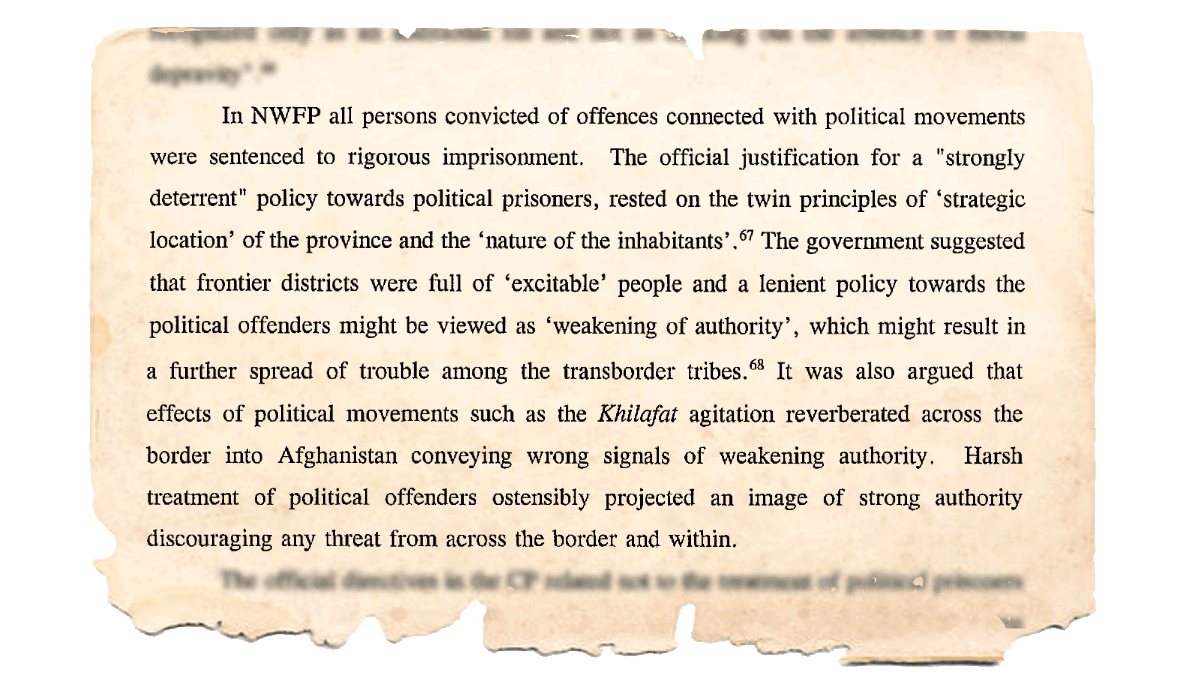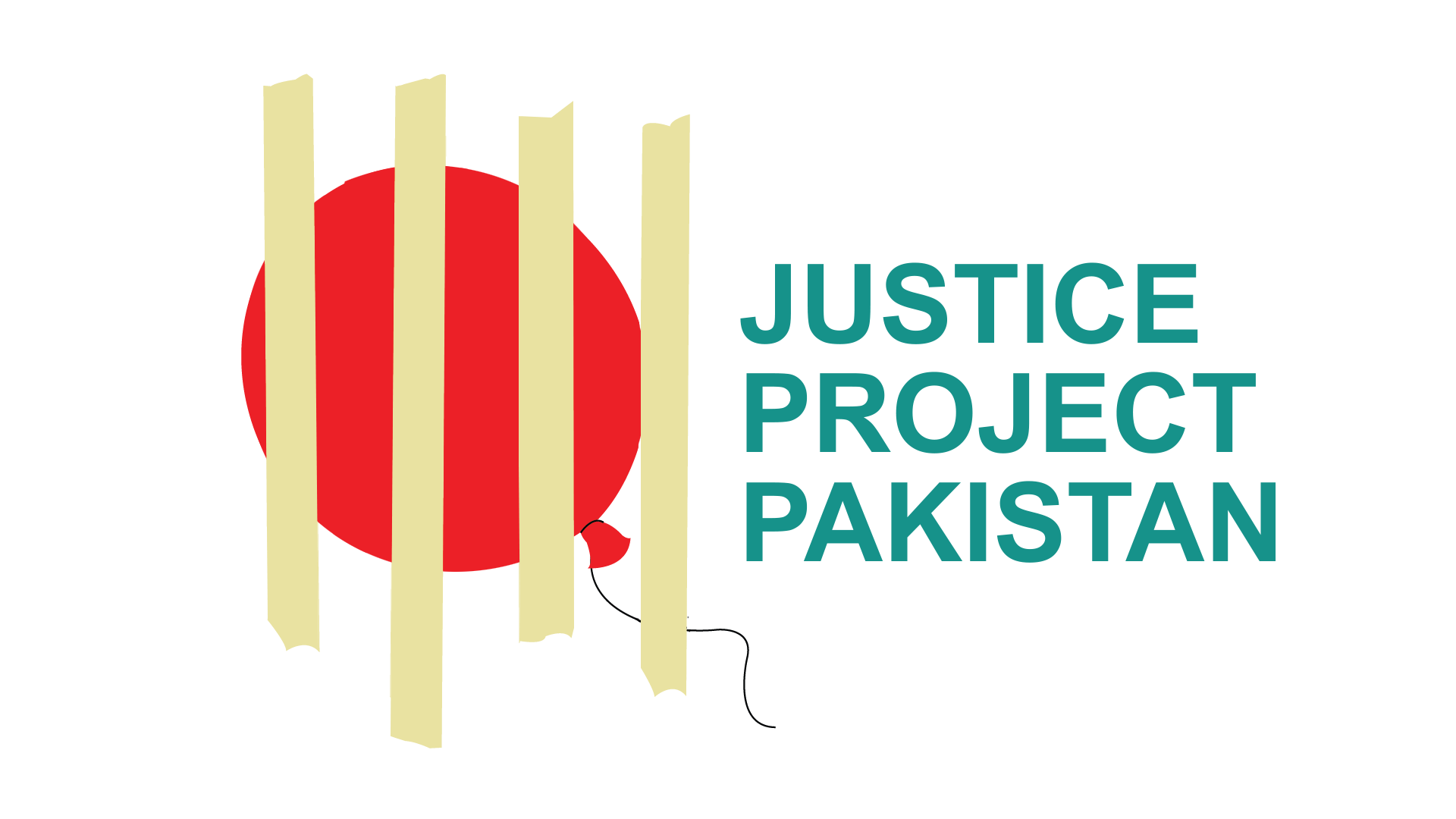Former FATA and Khyber Pakhtunkhwa
Criminalising Dissent as Militancy
Colonial narratives of Pashtuns as noble but savage, tribal warriors have been internalised by Pakistan in the post-9/11 era, informing a perception of Pashtuns as a threat to national security. In attempting to understand the prison system, it is this historical landscape that needs to be understood, including the region’s anti-colonial movement and the imprisonment of political agitators. In retaliation against the Khudai Khidmatgar, the British clamped down even harder to portray Pashtuns as a treacherous criminally tribal group incapable of being civilly governed. In doing so, they introduced the language and discourse of terrorism to typify Pashtuns.

“Jails were made for the natives by the British, and there needs to be a difference in how we and the former imperial rulers treated our people.”
– Bait Ullah Khan, DSP Peshawar Central Jail
There are a total of 38 prison facilities in Khyber Pakhtunkhwa, including six central prisons, eight district prisons, and nine sub-jails. According to one study, over half of these were built under the colonial administration, including the central prisons of Peshawar, Haripur, and Mardan, among others. These figures exclude the internment centres that can be found across Khyber Pakhtunkhwa and erstwhile FATA, totalling 47, about which little is known, as they were controlled by the armed forces until 2019. Until that time, they were used to detain suspected terrorists – linked to the TTP – captured in military operations dating to 2005.
Despite the existence of two separate systems of incarceration – for terrorists and criminals – across the region that has seen much turmoil post-9/11, the province and the frontier have been bound together in an ongoing struggle defending the tribal belt against an unstable Afghanistan. This serves as a throwback to the times when Khyber Pakhtunkhwa – then the Northwest Frontier Province – served as the administrative centre of British imperial expeditions into that country.
Ujjwal Singh has documented how the Khyber Pakhtunkhwa central jails, such as the one in Haripur, were used to jail anti-colonial political prisoners:

Author’s Voice-Notes
00:01
--|--

Stories of Incarceration
Criminalising Dissent
Wasim Mehsud was incarcerated in Peshawar Central Jail in 2019 for one and a half months, accused of violating cybercrime laws. In detention, he observed how socioeconomically vulnerable prisoners were treated.
00:01
--|--
From Politicised Student to Political Criminal
Ibrahim Khan was arrested for dissent in 2019. Politicised by the Pashtun Tahafuz Movement at Gomal University, he had posted a story on social media, contradicting the security forces’ account that they had found and killed terrorists in a town in South Waziristan. Ibrahim said his story was about how the law enforcement forces persecuted ordinary people who had nothing to do with terrorism.
00:01
--|--
Khyber Pakhtunkhwa Statistics 2023
Prison Population Trend
0
*
as of Nov 2023 statistics
Operating Rate
0
%
of it’s authorized capacity
Under Trial Prisoners
0
%
of all the prisoners are
under trial in only KPK
Prison Population in KPK
0
%
of the total prison
population in pakistan
population in pakistan
